Cascadia Wildlands formed in 1998 to prevent the reckless clearcutting of the remaining unlogged temperate rainforests of our bioregion.
In response to this ongoing threat, we devote much of our efforts to protecting older forests as they are critical, not just to the survival of species teetering on the brink of extinction, but to climate resilience and the future of all the people who live here.
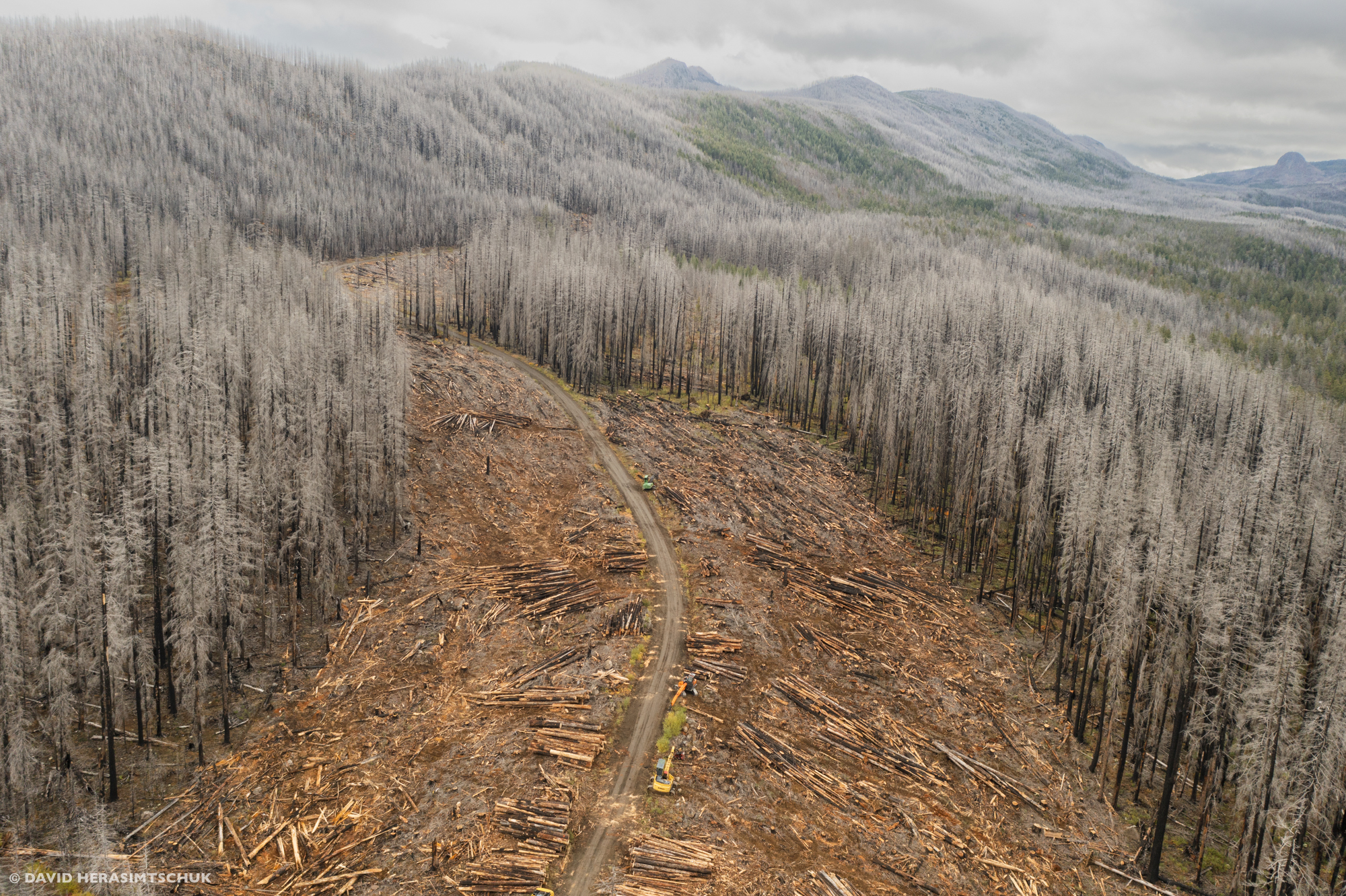
Why are Forests Important?
Well managed Cascadian forests provide necessary wildlife habitat, quality recreational experiences, sustainable jobs, clean drinking water, and sequester carbon at rates equivalent to the Amazon rainforest. Mature and old-growth forests are more resilient to wildfire than industrial timberlands, dispelling common industry propaganda that logging reduces wildfire risk.
© David Herasimtschuk.
A well-managed forest.
Management decisions should follow the best available science and include stakeholders including the public in the decision-making process early and often. Active and meaningful consultation with sovereign Indigenous Nations and incorporation of Indigenous knowledge is an essential part of sound management of public forests. Our mature and old-growth forests should not be converted to industrial timberlands. Industrial timberlands are overwhelmingly mono-crop single age plantations, which are more vulnerable to wildfire, disease, have low biodiversity and high rates of soil erosion and and landslides, which imperil stream health and aquatic species.
The link between forests and watersheds.
Our forests filter our groundwater. When a forest is healthy, its root systems and native plants help to filter rainwater at controlled rates into our streams and rivers. When a forest is industrially managed, and especially clearcut, rivers and streams can see increased turbidity, pesticide exposure, and decreased nutrient health.
Healthy forests are also dependent on healthy rivers. For example, when Salmon spawn and die upriver, their caracasses contribute nutrients vital for soil health, which in turn supports native plants and trees. A healthy river free of dams supports the recovery of native and imperiled fish species and the health of our forests.
Our Strategic Litigation Work.
Our public lands — mostly held in trust for this and future generations by the Bureau of Land Management and U.S. Forest Service — are managed with a “multiple use” mandate. This doctrine holds that our public lands are to be managed for the public good through balancing values such as resource extraction, recreation, and conservation. This doctrine also requires that federal agencies consider the best available science when making management decisions. This might look like fishery access at your favorite lake, mining, the protection of an imperiled species, logging, and much more. In Western Oregon, resource extraction on our public lands is typically industrial-style logging operations. Oftentimes, timber projects in Oregon do not properly balance values and instead prioritize extraction.
Cascadia Wildlands’ staff monitors proposed logging projects with the help of our WildCAT volunteer team. When a sale is concerning, we engage in the National Environmental Policy Act public engagement process. We submit public comments including scientific data, photos, and any other information we believe is essential for the government to consider in their management decision. If we feel that the necessary changes are not made after the NEPA process, Cascadia Wildlands will often litigate the timber sale. We also engage in this process on the state level, where the same general principles apply but the policies and legal avenues vary.
The goal of our litigation work is to encourage sustainable forest policies and practices, safeguard essential wildlife habitat, keep our remaining mature and old-growth forests standing, and ensure that all of Cascadia’s human residents and visitors continue to have access to intact ecosystems. Our work also aims to ensure that Indigenous Nations are treated as sovereigns and that traditionally marginalized communities are empowered as leaders in the movement.
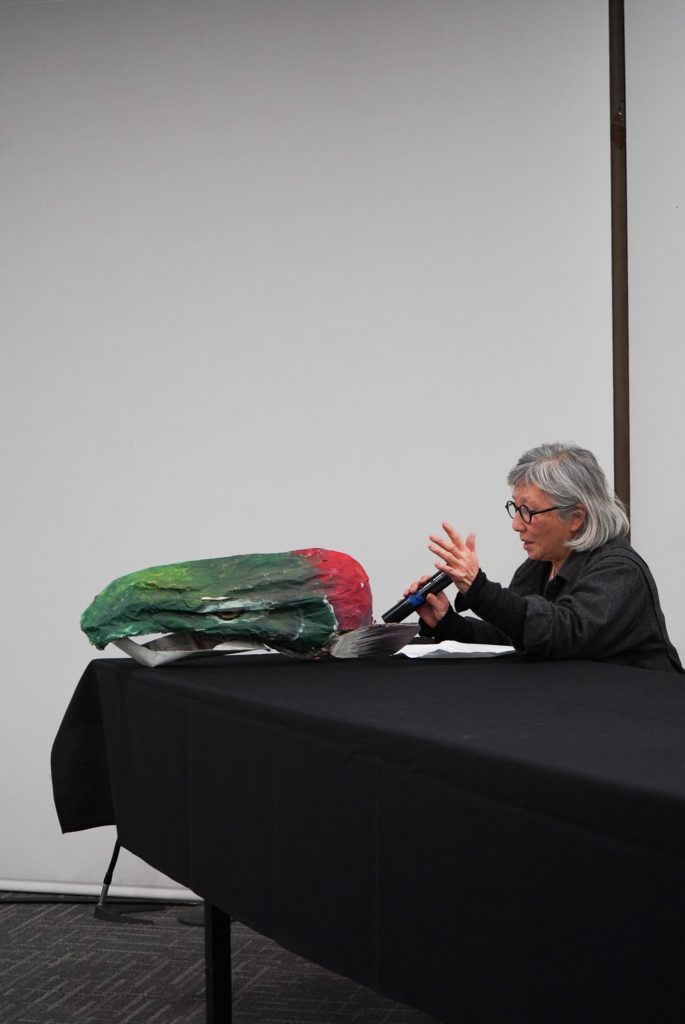
Policy Work.
Federal and state agencies sometimes I undertake policy initiatives that ultimately impact large expanses of public lands well into the future. The consequences of these activities can be greatly beneficial for our forests, such as the creation of the National Refuge System and establishment of new National Monuments, or massively damaging like so-called “salvage logging” proposals after wildfire or efforts to privatize public lands. Our policy work is sometimes national in scope, and often regional, including engaging in revisions to the Northwest Forest Plan and developement of the Western Oregon State Forests Habitat Conservation Plan. We also work on wildlife issues before the Oregon state legislature and Oregon Department of Fish and Wildlife (ODFW) Commission.
Cascadia Wildlands is fully engaged in making sure that common-sense and long-term conservation visions are not abandoned but enshrined through durable policy adoption on the local, regional, and national scale. We support sustainable policy decisions that uplift our fiscally challenged rural counties, support Indigenous sovereignty, promote quality educational and recreational opportunities, and protect natural values including intrinsic, relational and ecosystem services.
Latest Forest & Watersheds Actions
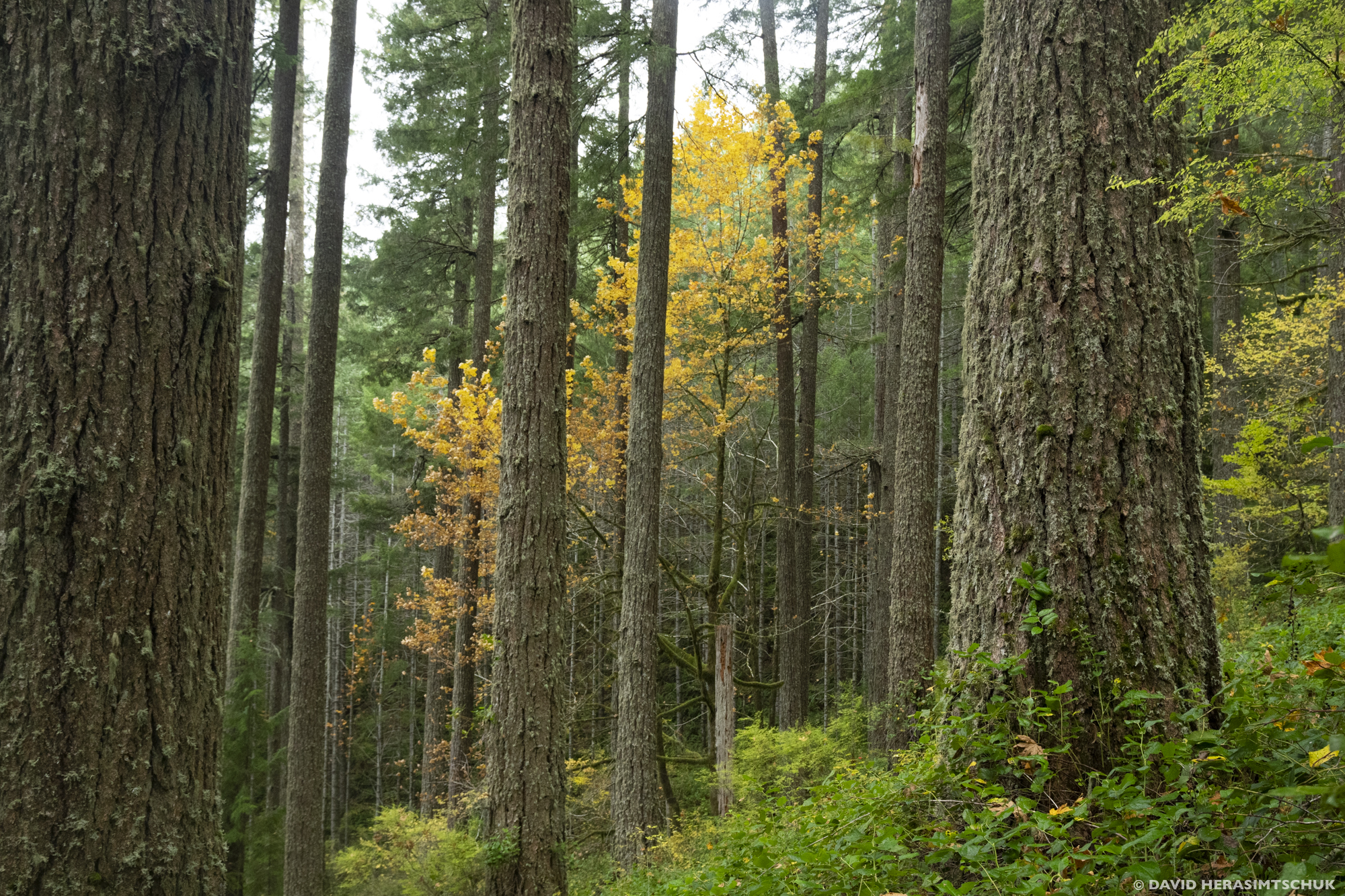
Take Action Against the Aloha Trout Logging Project
Join Coast Range Communities in Opposing the Aloha Trout Logging Project The Bureau of Land Management (BLM) is moving forward...
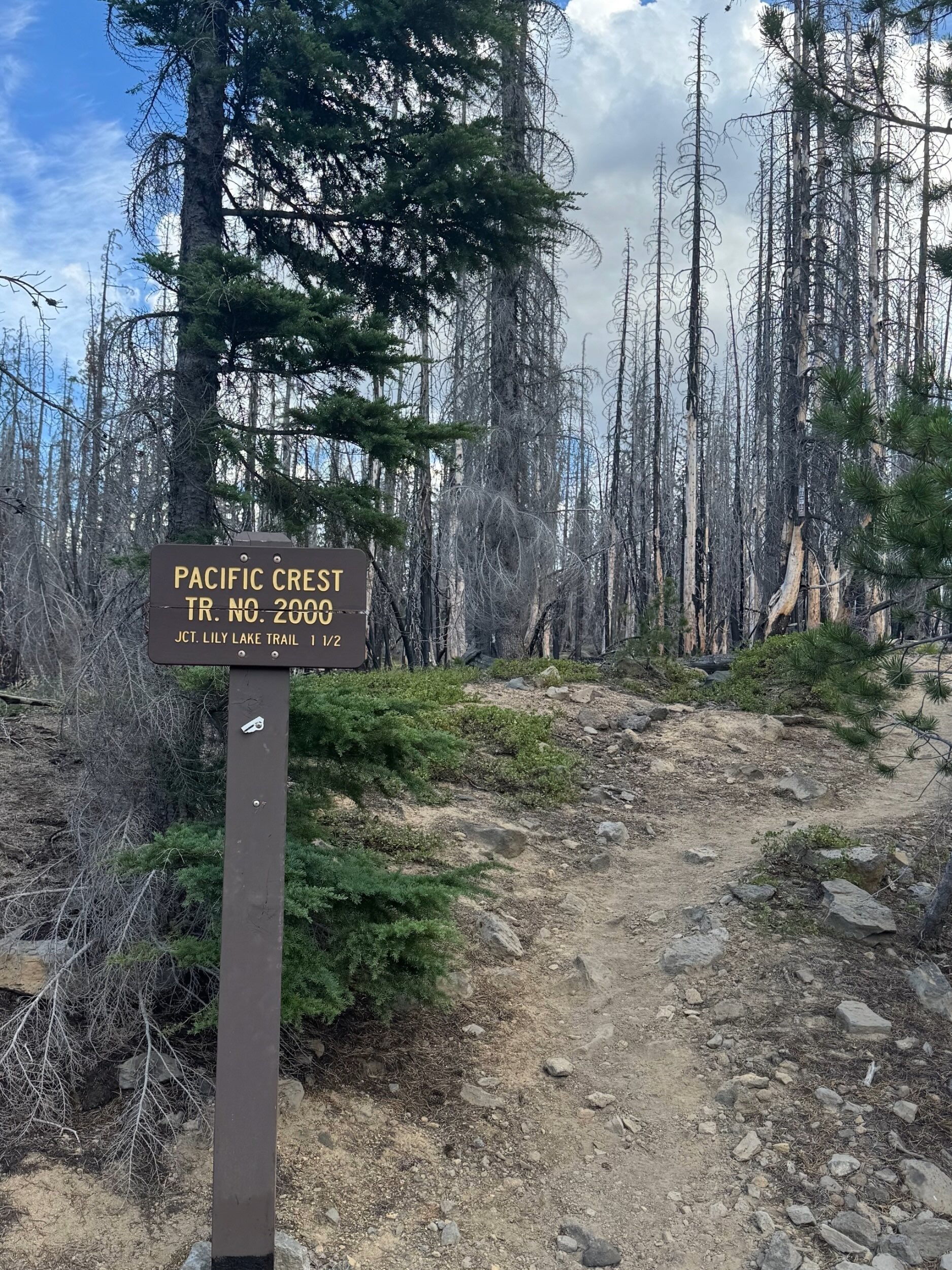
Urge Congresswoman Hoyle to Co-Sponsor the Roadless Area Conservation Act
Our last unroaded public forests are under attack. Again. This rule preserves the last of our intact public lands as...
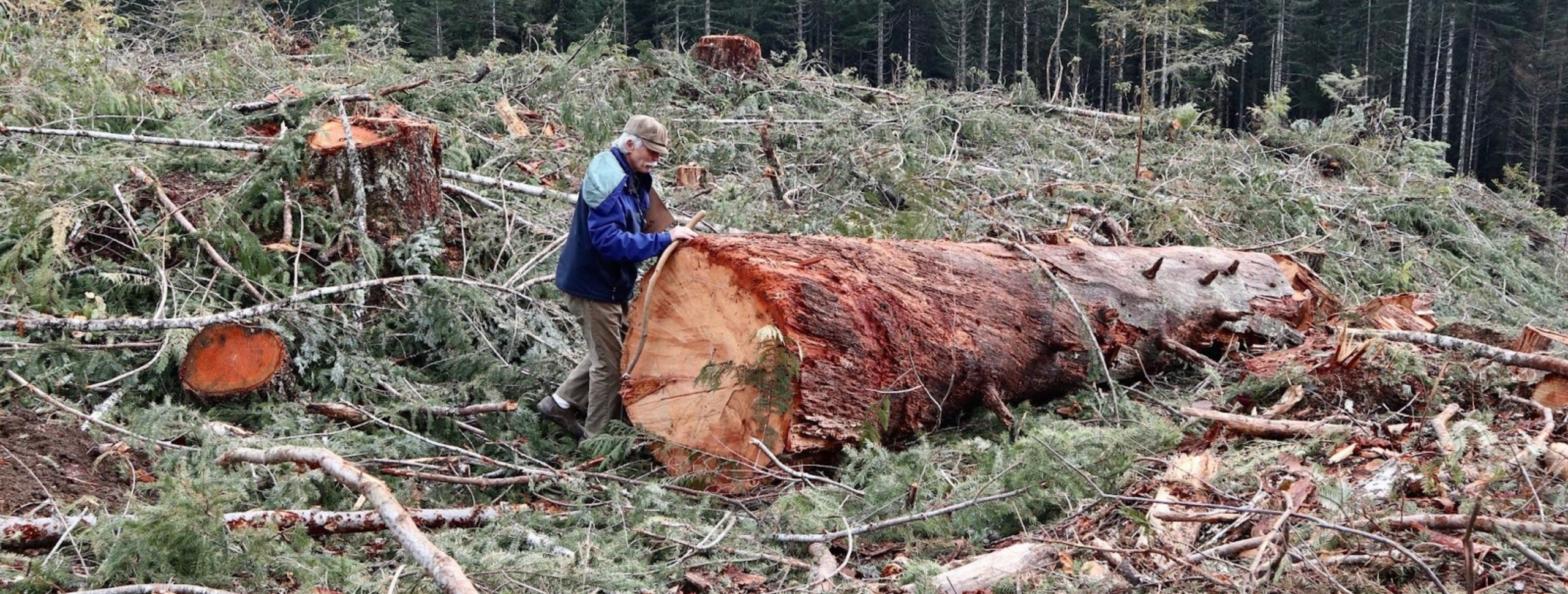
Oppose the So Called “Fix Our Forests” Act
We urgently need your help: Contact your U.S. Senators and urge them to oppose this destructive bill masquerading as wildfire...

